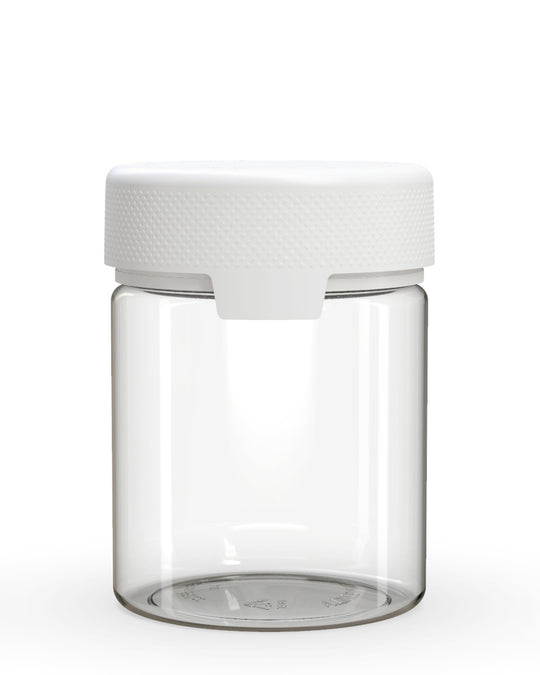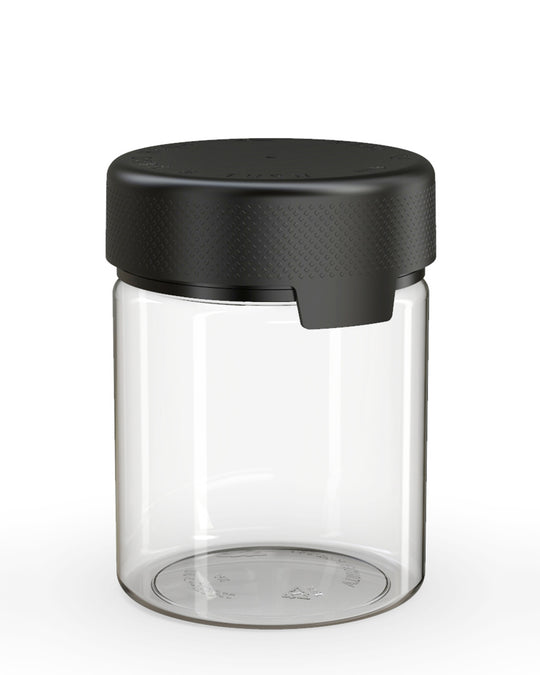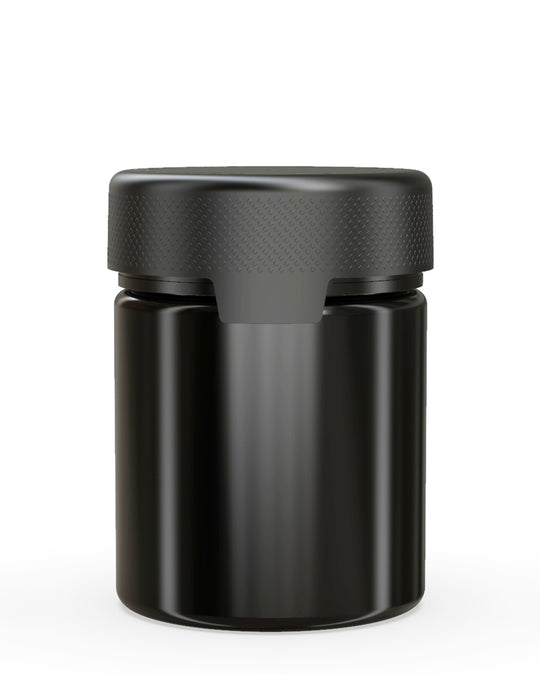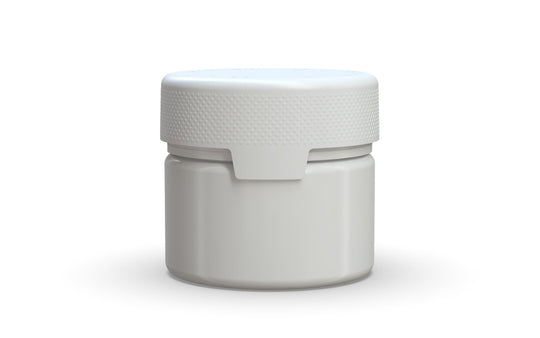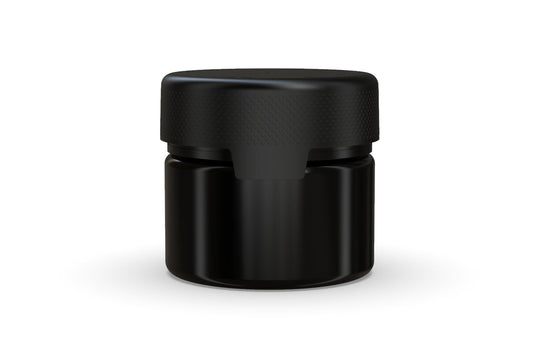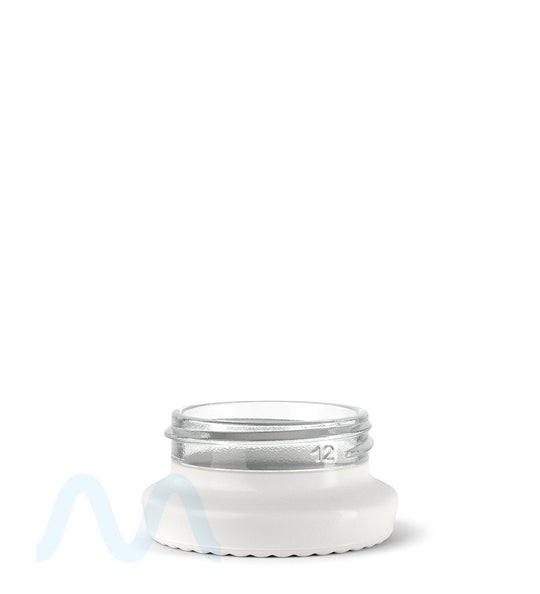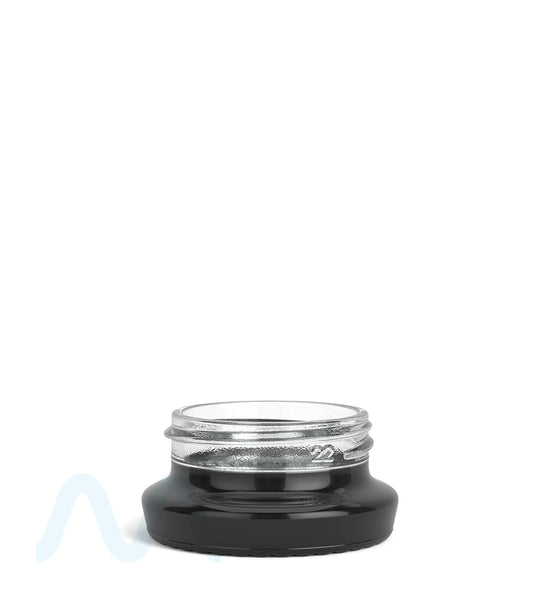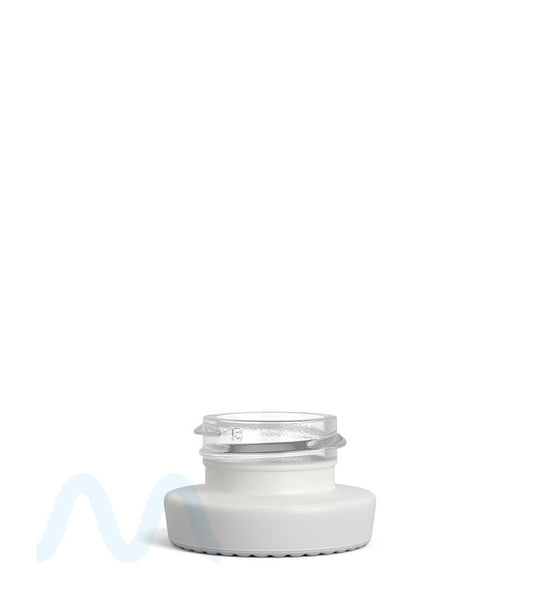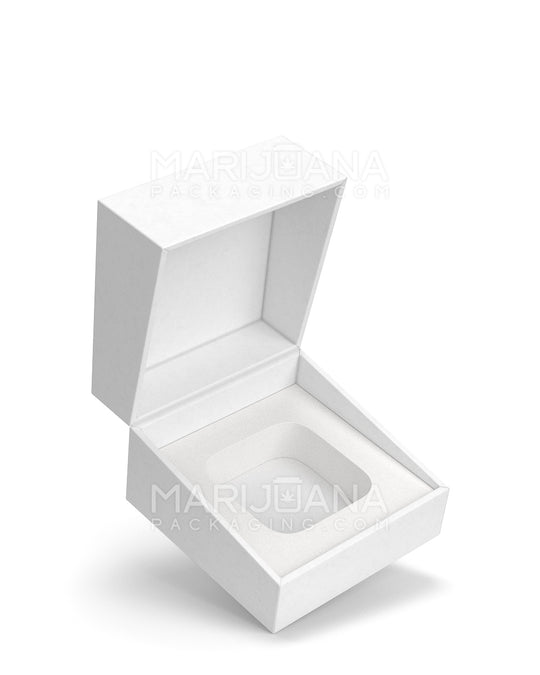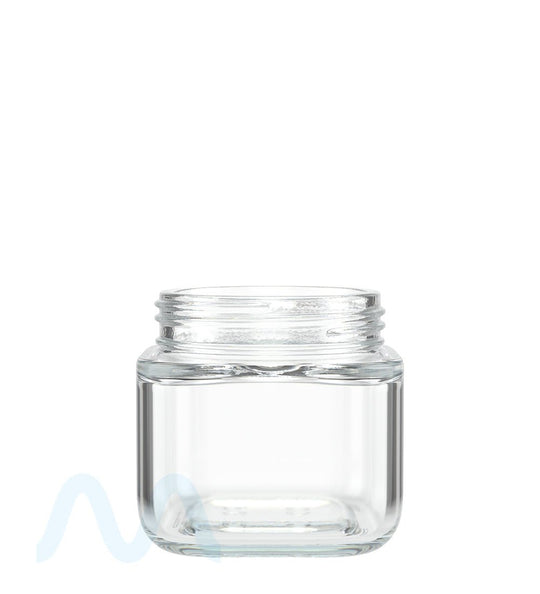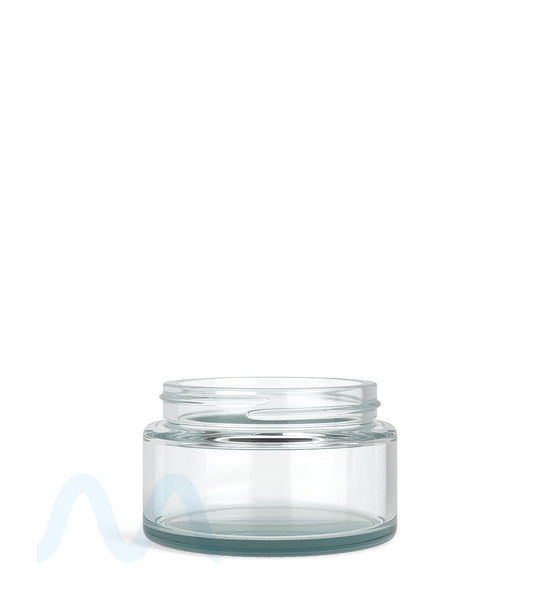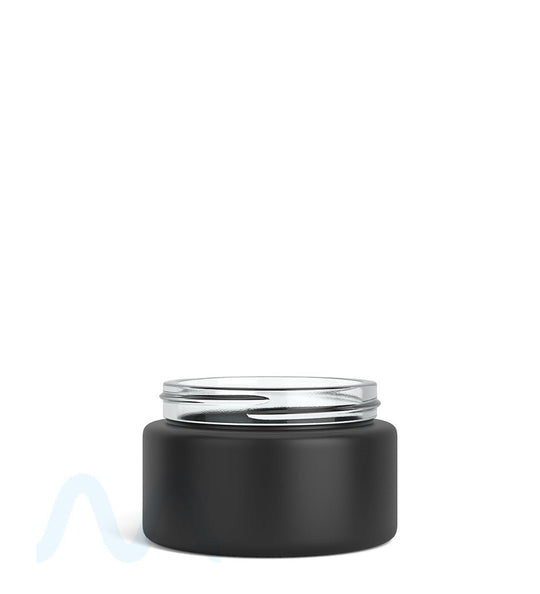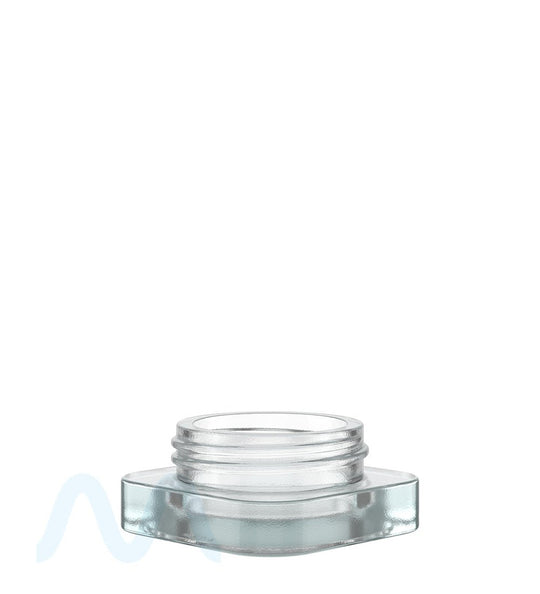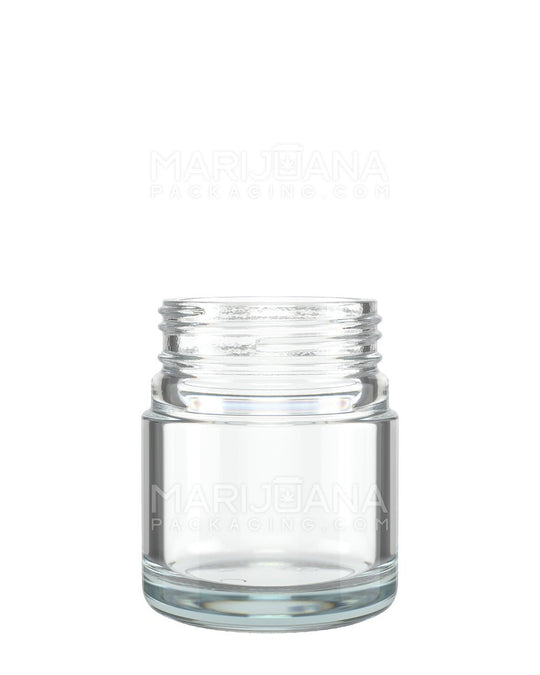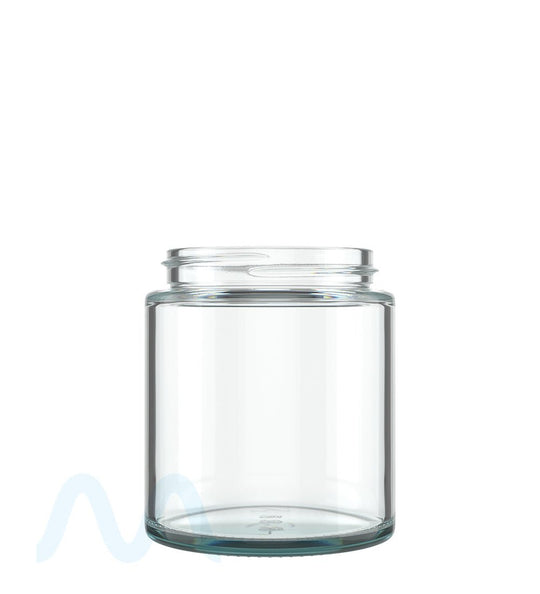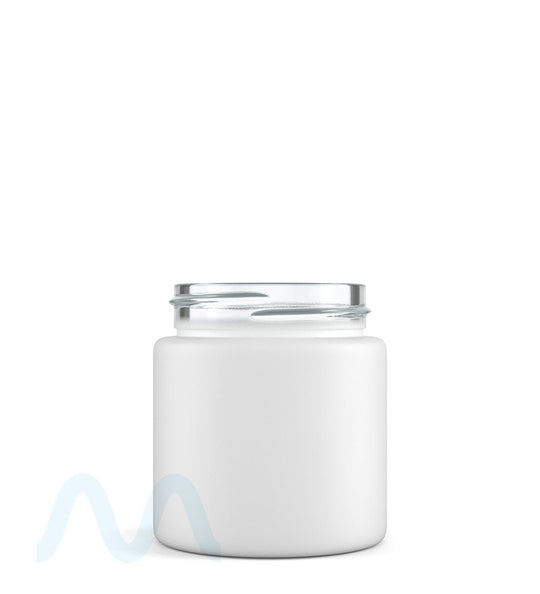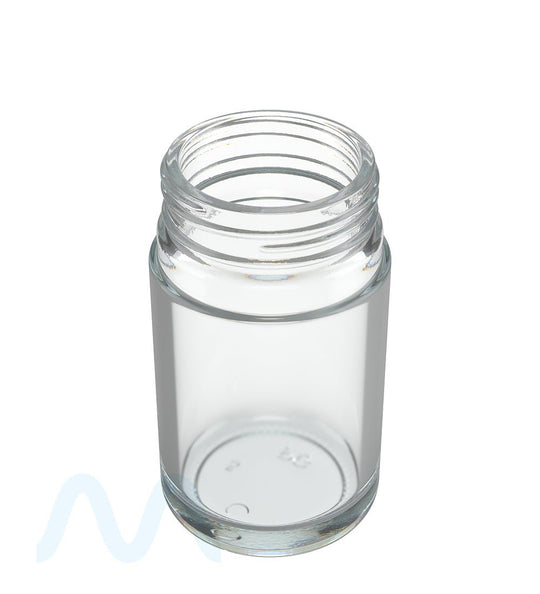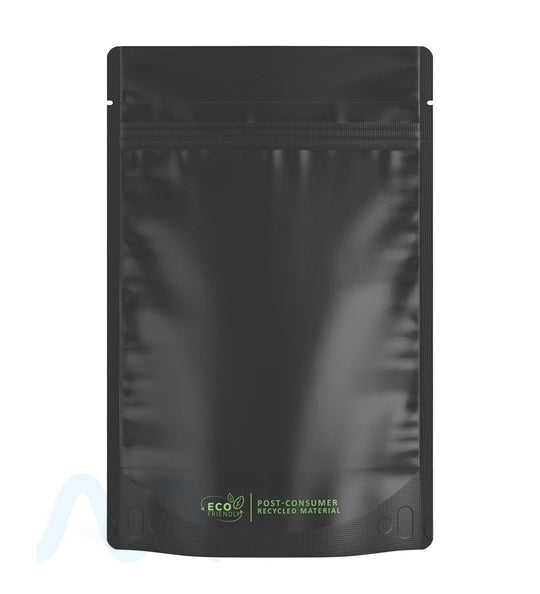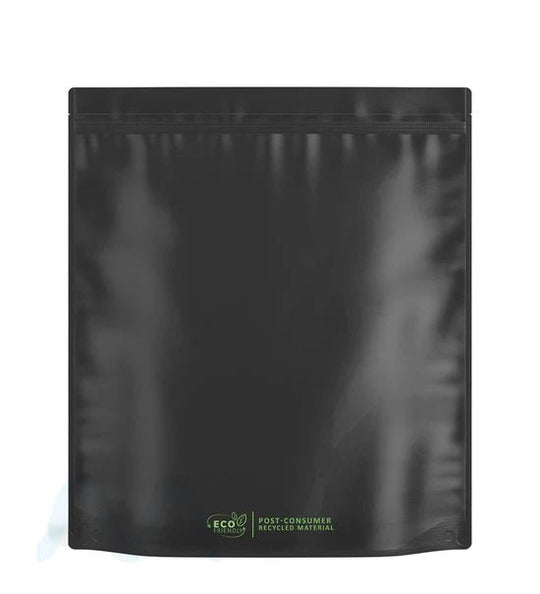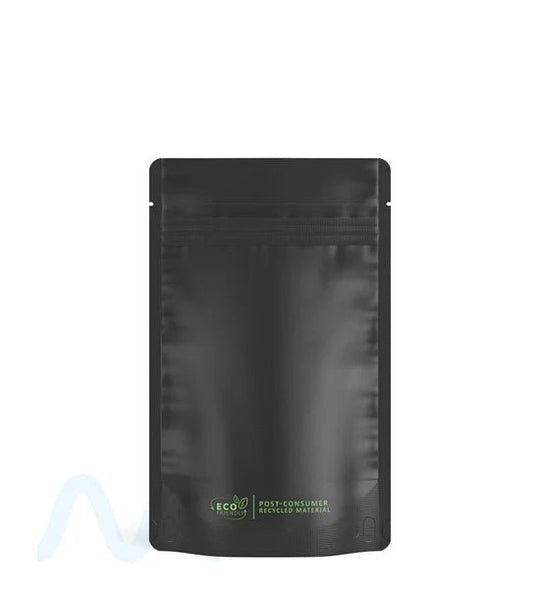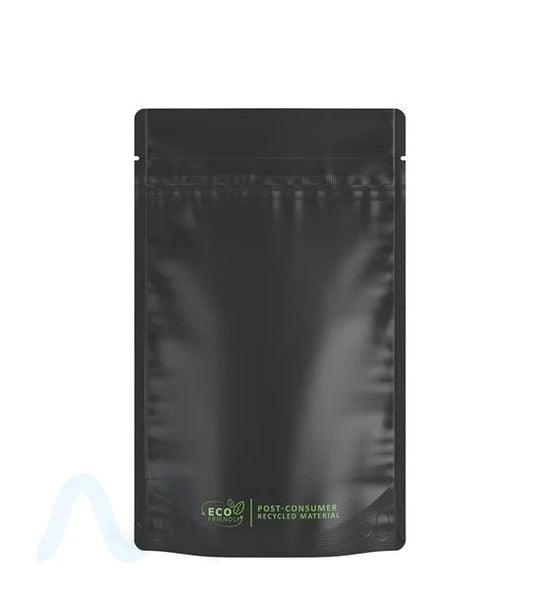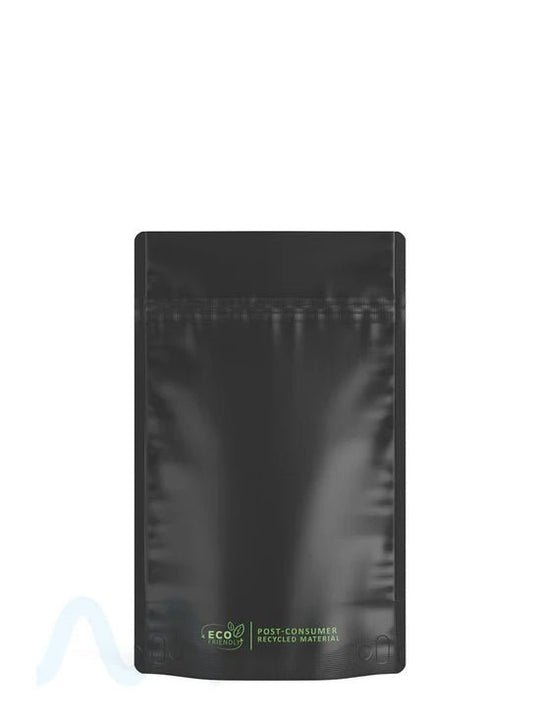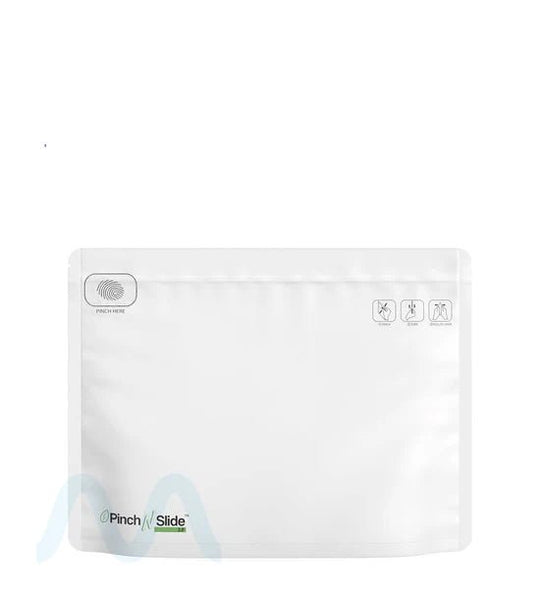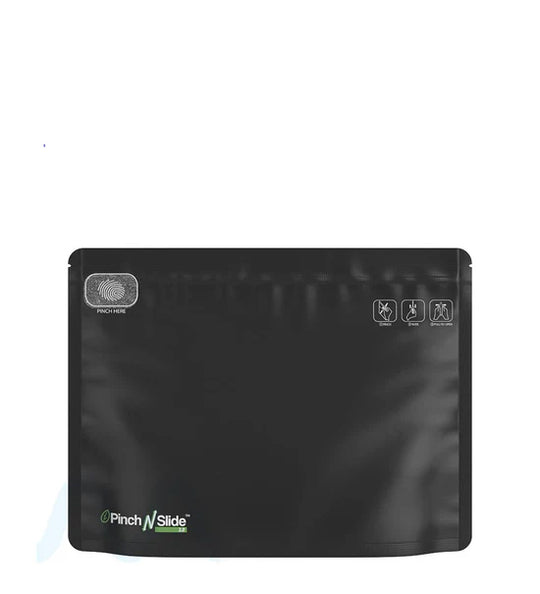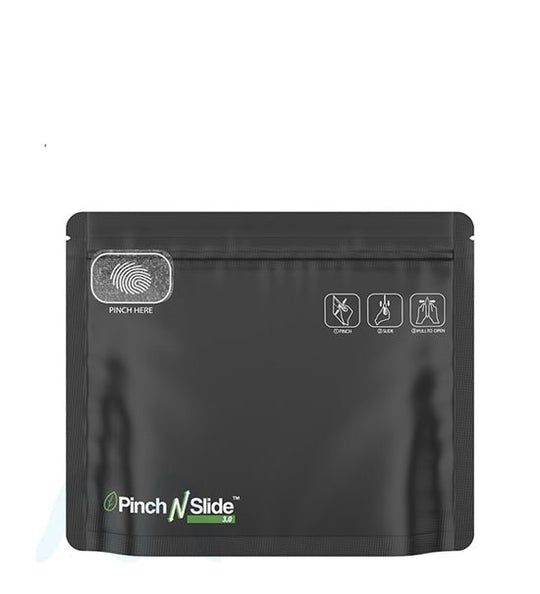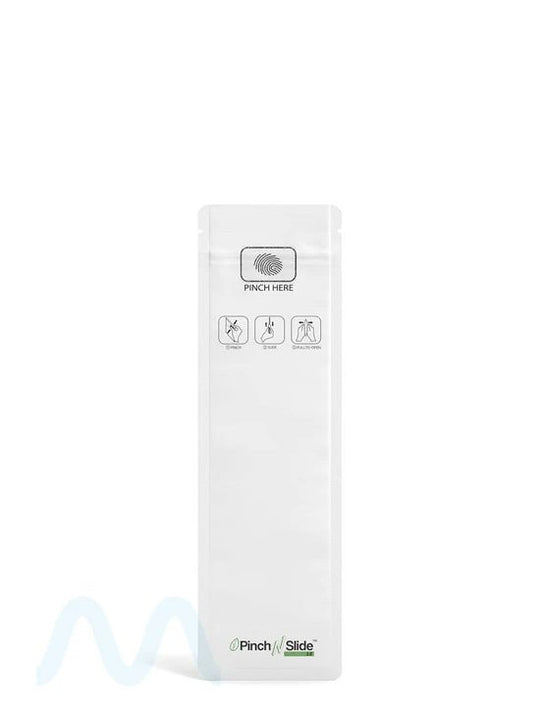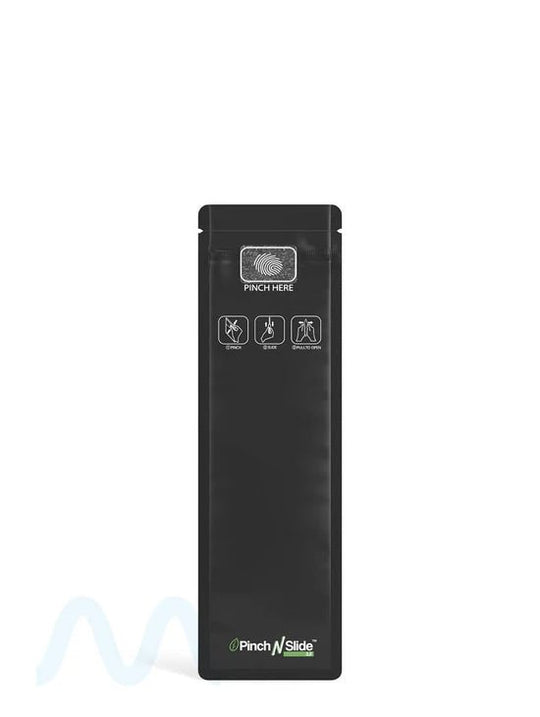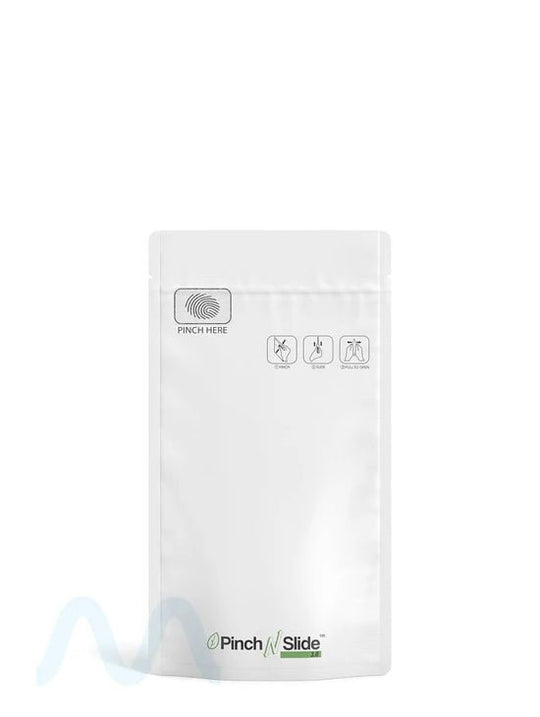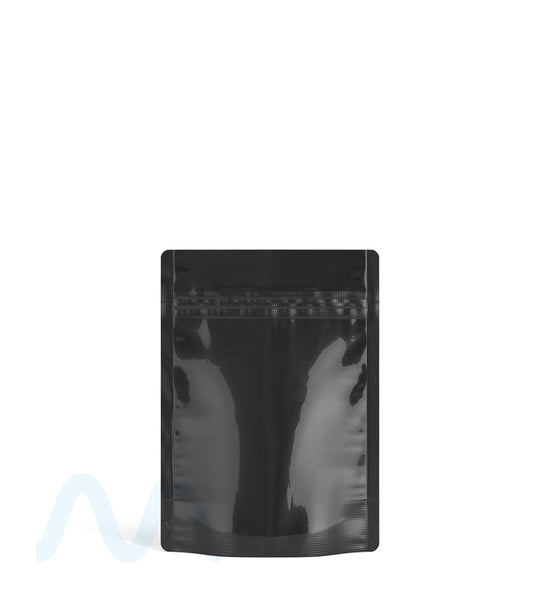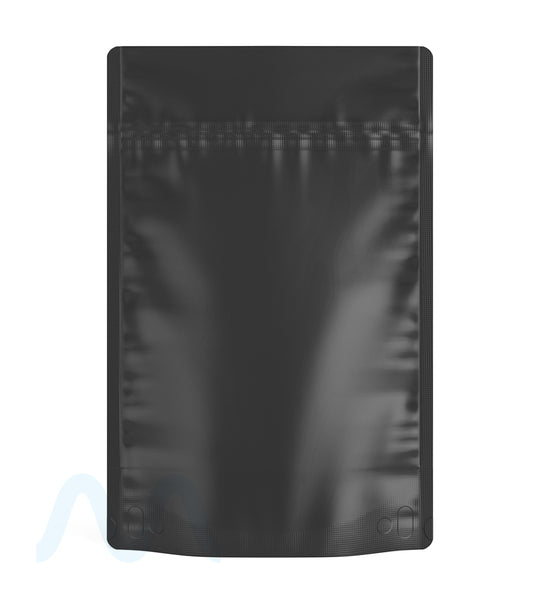Protein Powder Packaging
Frequently Asked Questions About
Table of Contents
Protein Powder Packaging: Solutions for Supplement Brands
Protein powder packaging plays a critical role in preserving product integrity, extending shelf life, and communicating brand value to consumers. As the sports nutrition and wellness markets continue to expand, packaging solutions have evolved to address both functional requirements and marketing objectives. Effective packaging for protein powder must balance moisture protection, convenience, sustainability, and visual appeal to stand out in a competitive marketplace.
The right packaging solution can significantly impact consumer perception and product performance. From rigid containers to flexible pouches, each packaging format offers distinct advantages for different market segments and distribution channels. Understanding these options is essential for supplement brands looking to optimize their packaging strategy.
Protein Powder Packaging Essentials
When selecting packaging for protein powder, several critical factors must be considered to ensure product stability and consumer satisfaction. The primary considerations include:
- Moisture and oxygen barrier properties
- Light protection capabilities
- Durability during shipping and handling
- Ease of use for consumers
- Compatibility with filling equipment
- Regulatory compliance and labeling requirements
Protein supplements are particularly sensitive to environmental factors that can degrade their nutritional value and organoleptic properties. Supplement packaging must provide effective barriers against moisture, oxygen, and light to prevent protein degradation, clumping, and off-flavors.
Additionally, packaging must facilitate accurate dosing and resist punctures or tears during distribution. The growing health and wellness packaging sector has responded with innovations that address these functional requirements while also supporting brand differentiation.
Container Types for Protein Supplements
Rigid containers remain popular choices for protein powder packaging, offering excellent protection and consumer familiarity. The most common options include:
Plastic Jars and Tubs
High-density polyethylene (HDPE) and polypropylene (PP) containers dominate the market due to their durability, moisture resistance, and cost-effectiveness. Supplement jars typically feature wide mouths for easy access and secure, often child-resistant closures. These containers provide excellent stacking capabilities for retail display and storage efficiency.
For premium products, PET jars offer enhanced clarity and a more sophisticated appearance. Many brands select vitamin jars with similar specifications for their protein lines to maintain packaging consistency across product categories.
Bottles and Canisters
Supplement bottles provide an alternative format that may offer ergonomic advantages for certain consumer segments. Cylindrical bottles with flip-top caps or measuring scoops built into the lid enhance convenience and precise dosing.
These containers are particularly well-suited for protein powders marketed to active consumers who may use the product immediately before or after workouts. Vitamin bottles with similar features are often adapted for protein supplements, leveraging existing manufacturing capabilities.
Flexible Packaging Solutions
The shift toward flexible packaging formats has gained momentum in the protein supplement industry due to several key advantages:
Stand-Up Pouches
Supplement pouch bags offer excellent product-to-package weight ratios, reducing shipping costs and environmental impact. Modern pouches incorporate multiple barrier layers to protect against moisture, oxygen, and light while providing excellent graphics capabilities for brand communication.
Features such as resealable zippers, tear notches, and pour spouts enhance consumer convenience. For single-serving applications or sample sizes, smaller vitamin pouches provide portion control and portability benefits.
Doypack and Quad-Seal Bags
These specialized pouch formats offer enhanced stability and shelf presence compared to traditional flexible packaging. Doypacks feature a bottom gusset that allows the package to stand upright, while quad-seal bags have four sealed edges for a more structured appearance and superior protection.
Both formats maximize shelf impact and provide ample surface area for branding and nutritional information. For premium protein powders, these pouches often incorporate specialized finishes such as matte coatings, metallic effects, or embossed elements to enhance perceived value.
Sustainability in Protein Packaging
Environmental considerations have become increasingly important in protein powder packaging decisions. Consumers in the health and fitness market often demonstrate higher awareness of sustainability issues, creating market pressure for more environmentally responsible packaging solutions.
- Recyclable materials (HDPE, PET, PP)
- Post-consumer recycled content
- Biodegradable or compostable alternatives
- Material reduction strategies
- Refill systems and concentrated formats
Many brands are exploring nutraceutical packaging options that balance performance requirements with environmental benefits. This may include lightweight containers, removal of unnecessary packaging components, or transition to materials with improved end-of-life outcomes.
Communicating these sustainability efforts through packaging design and labeling can strengthen brand positioning and consumer loyalty, particularly among environmentally conscious demographic segments.
Branding and Design Considerations
Beyond functional requirements, protein packaging serves as a critical marketing tool. Effective design considerations include:
Visual Differentiation
In a crowded marketplace, distinctive packaging helps products stand out on physical and digital shelves. Color coding by flavor, protein type, or formula variant facilitates consumer navigation and repurchase. Vitamin packaging strategies often inform protein powder design approaches, with clear hierarchy and consistent brand elements.
Information Communication
Protein powder packaging must clearly communicate nutritional information, ingredients, usage instructions, and regulatory compliance statements. Design must balance these informational requirements with brand storytelling and visual appeal.
QR codes and augmented reality features are increasingly incorporated to extend the packaging's communication capabilities, linking to additional product information, authentication features, or interactive brand experiences.
Future Innovations in Protein Packaging
The protein powder packaging landscape continues to evolve with emerging technologies and consumer expectations. Several trends are shaping future developments:
- Smart packaging with freshness indicators or authentication features
- Improved barrier materials that maintain performance with reduced environmental impact
- Portion control innovations for precise measuring without additional tools
- Direct-to-consumer packaging optimized for e-commerce and subscription models
- Personalization capabilities to address specific consumer segments
As the protein supplement market diversifies to include plant-based options, specialized formulations, and targeted nutritional profiles, packaging must evolve to communicate these distinctions effectively while maintaining functional performance.
Brands that strategically align their protein powder packaging choices with both operational requirements and consumer preferences will gain competitive advantages in shelf presence, consumer loyalty, and supply chain efficiency. The most successful packaging solutions will continue to balance protection, convenience, sustainability, and brand expression in ways that resonate with target consumers and support business objectives.












